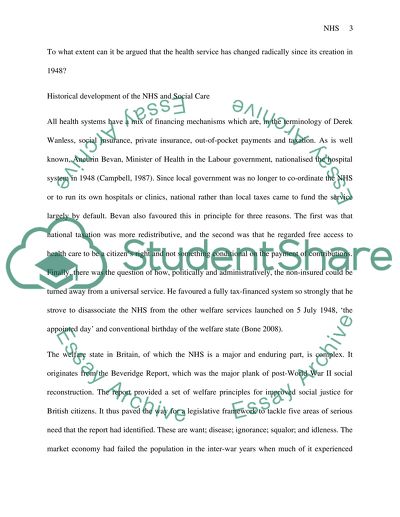Cite this document
(“National Health Service Essay Example | Topics and Well Written Essays - 3250 words”, n.d.)
Retrieved from https://studentshare.org/sociology/1518624-national-health-service-essay
Retrieved from https://studentshare.org/sociology/1518624-national-health-service-essay
(National Health Service Essay Example | Topics and Well Written Essays - 3250 Words)
https://studentshare.org/sociology/1518624-national-health-service-essay.
https://studentshare.org/sociology/1518624-national-health-service-essay.
“National Health Service Essay Example | Topics and Well Written Essays - 3250 Words”, n.d. https://studentshare.org/sociology/1518624-national-health-service-essay.


